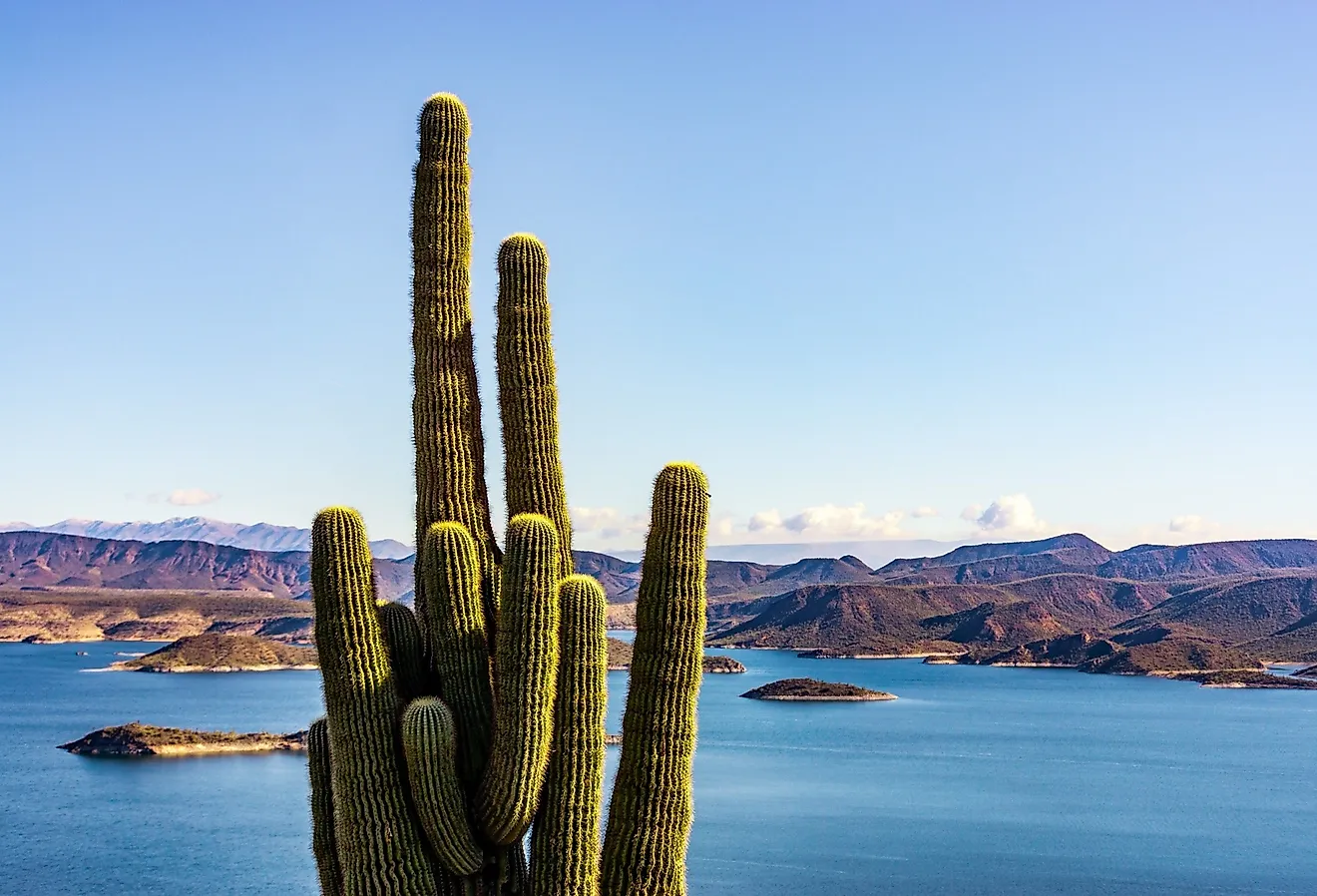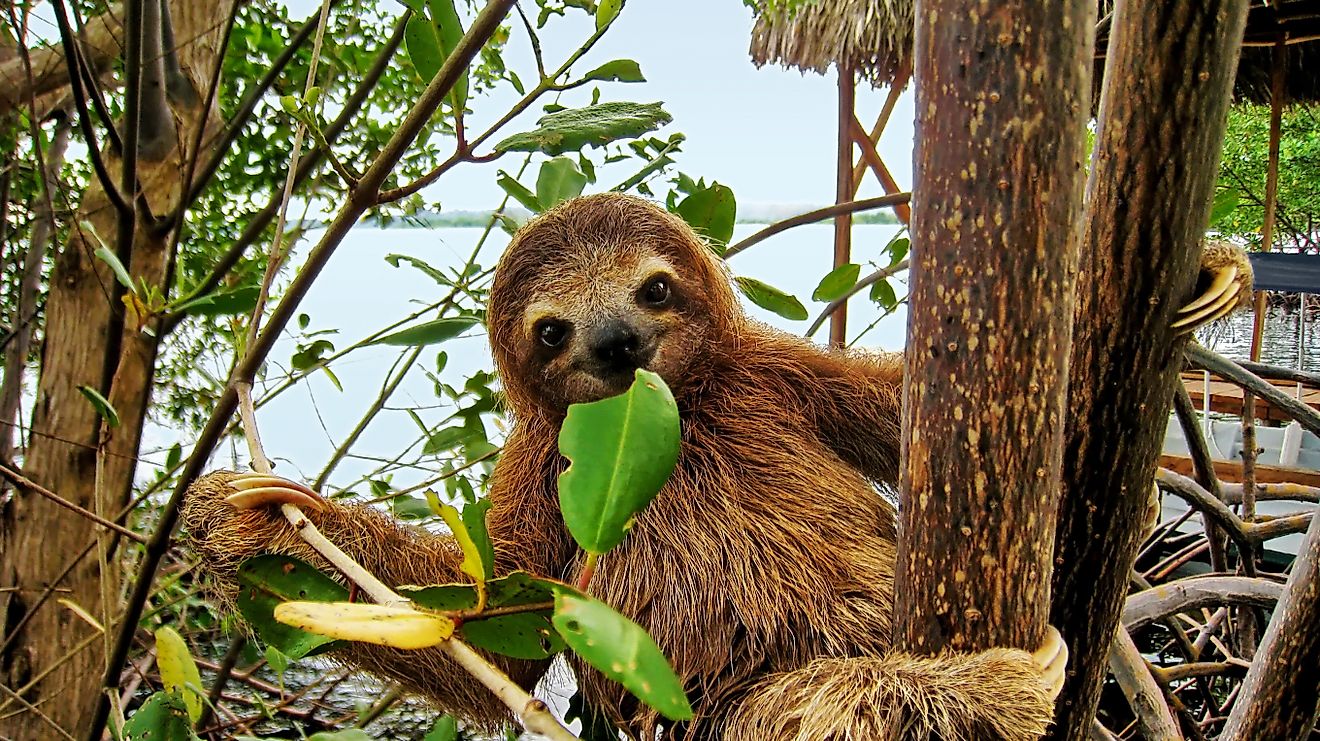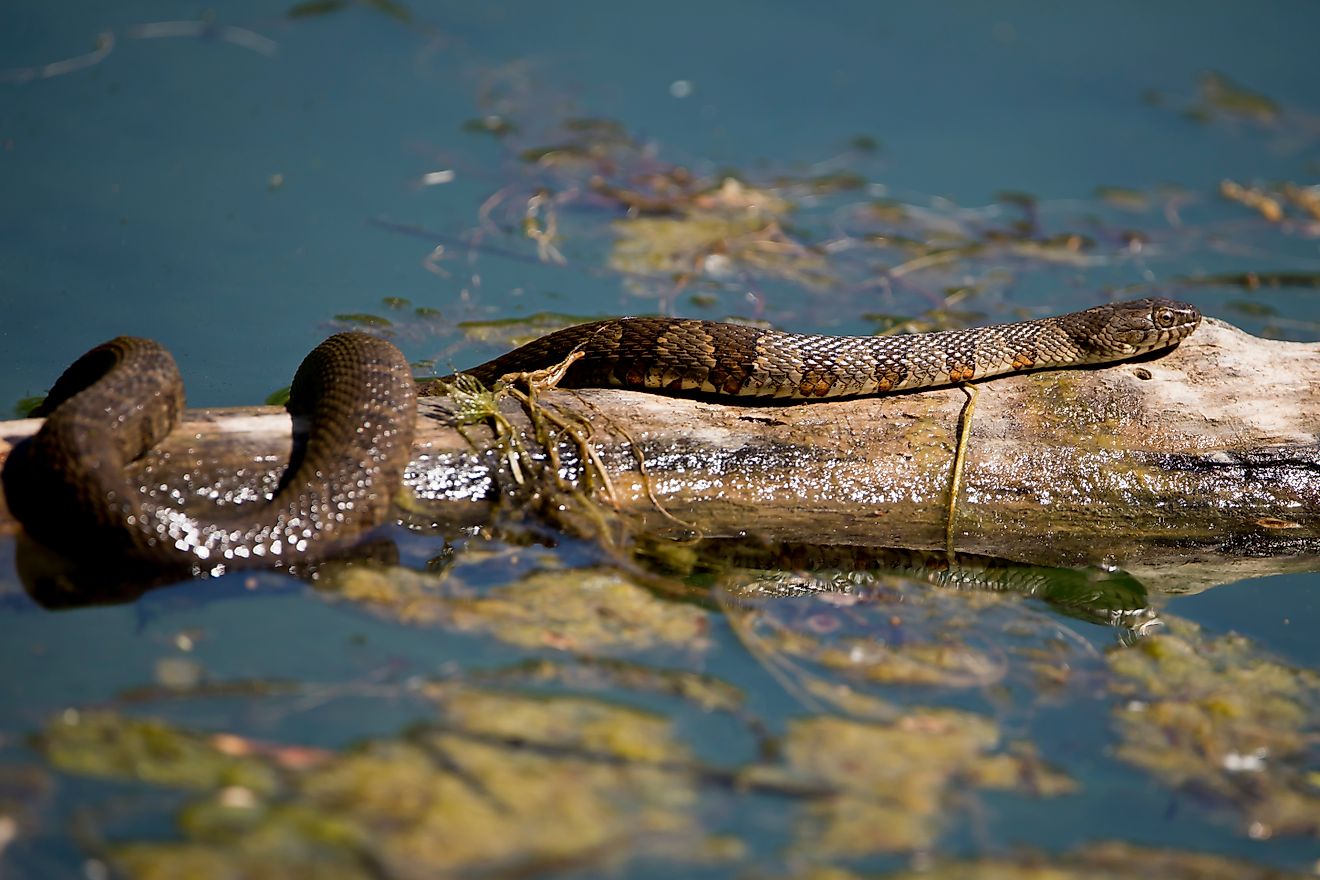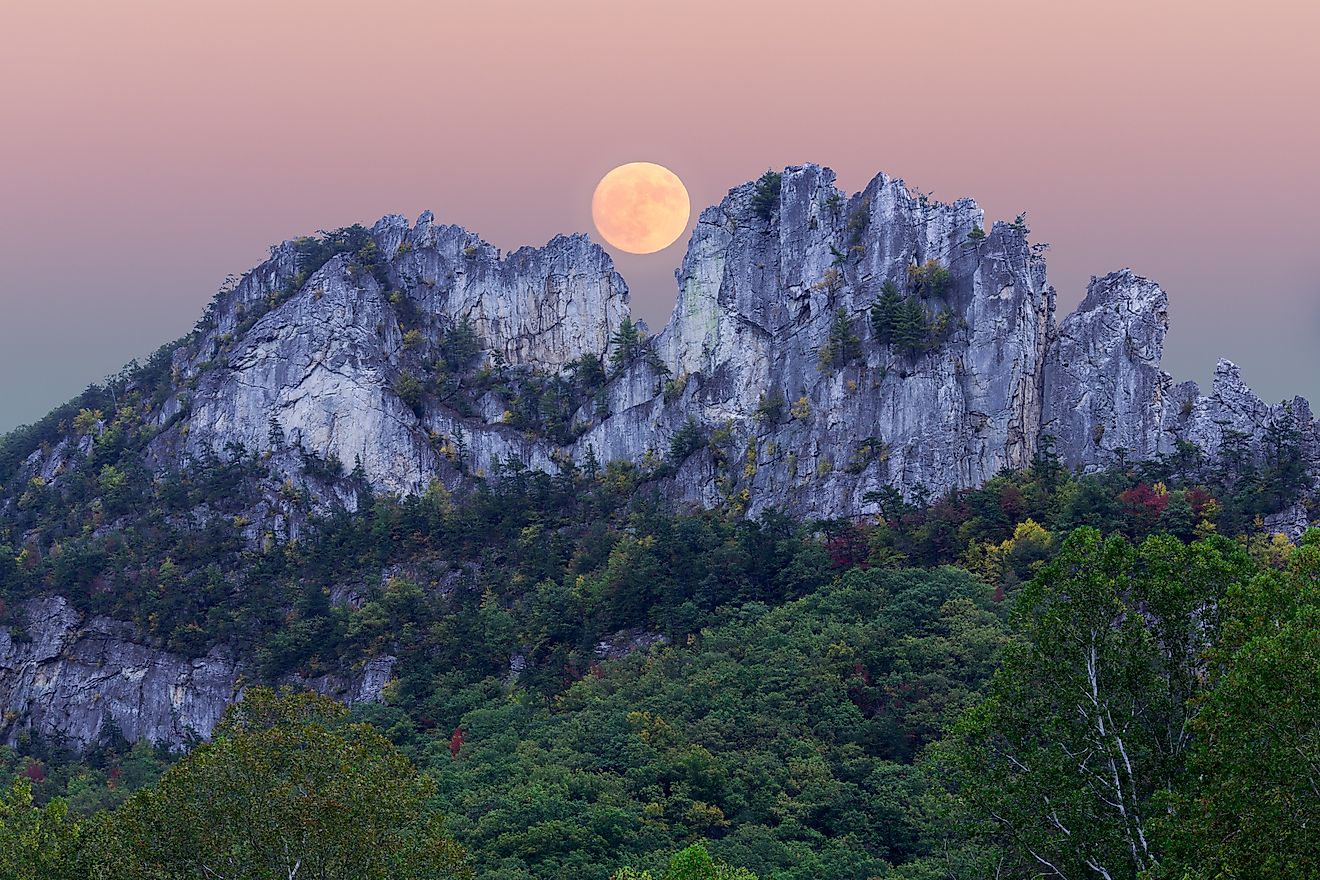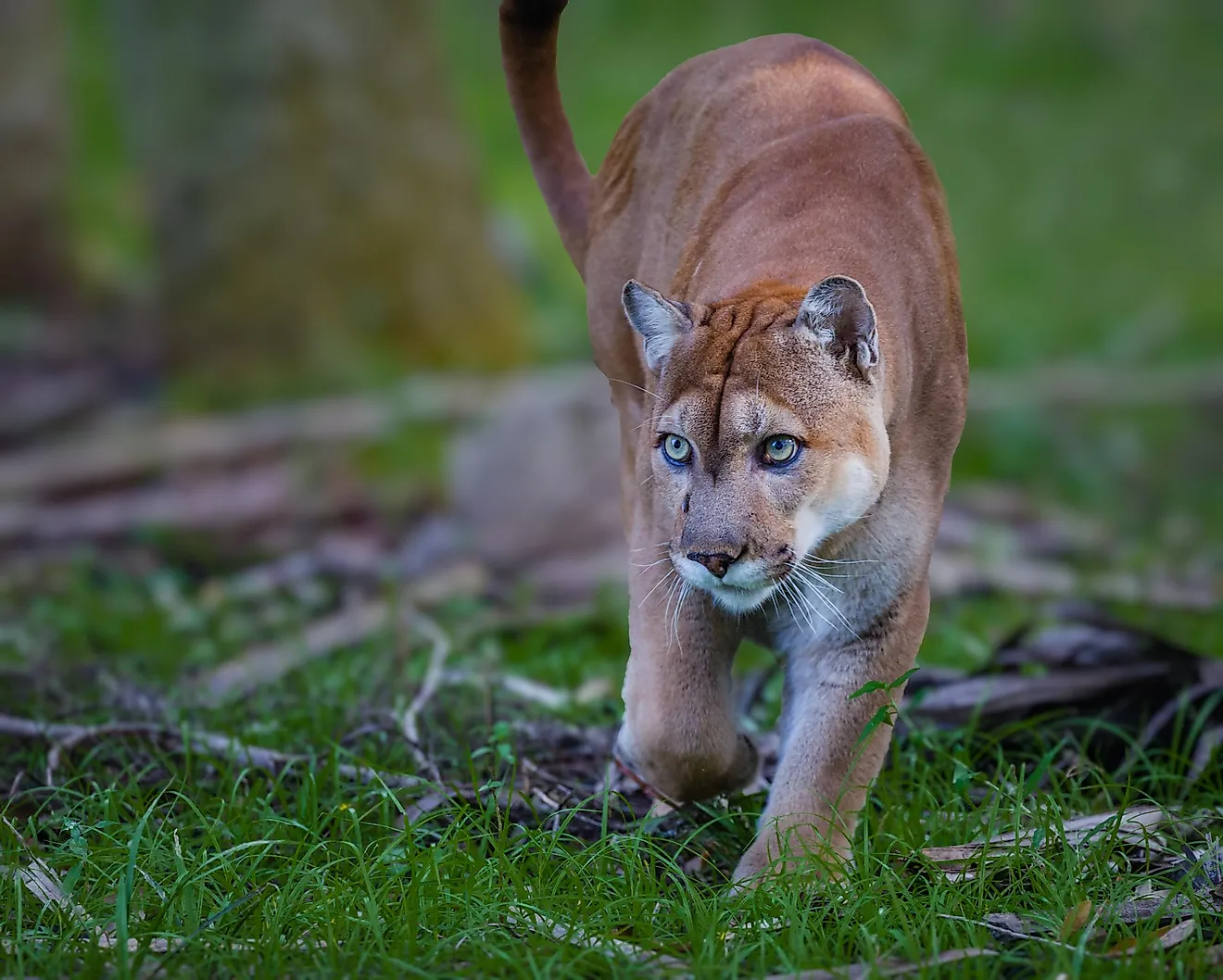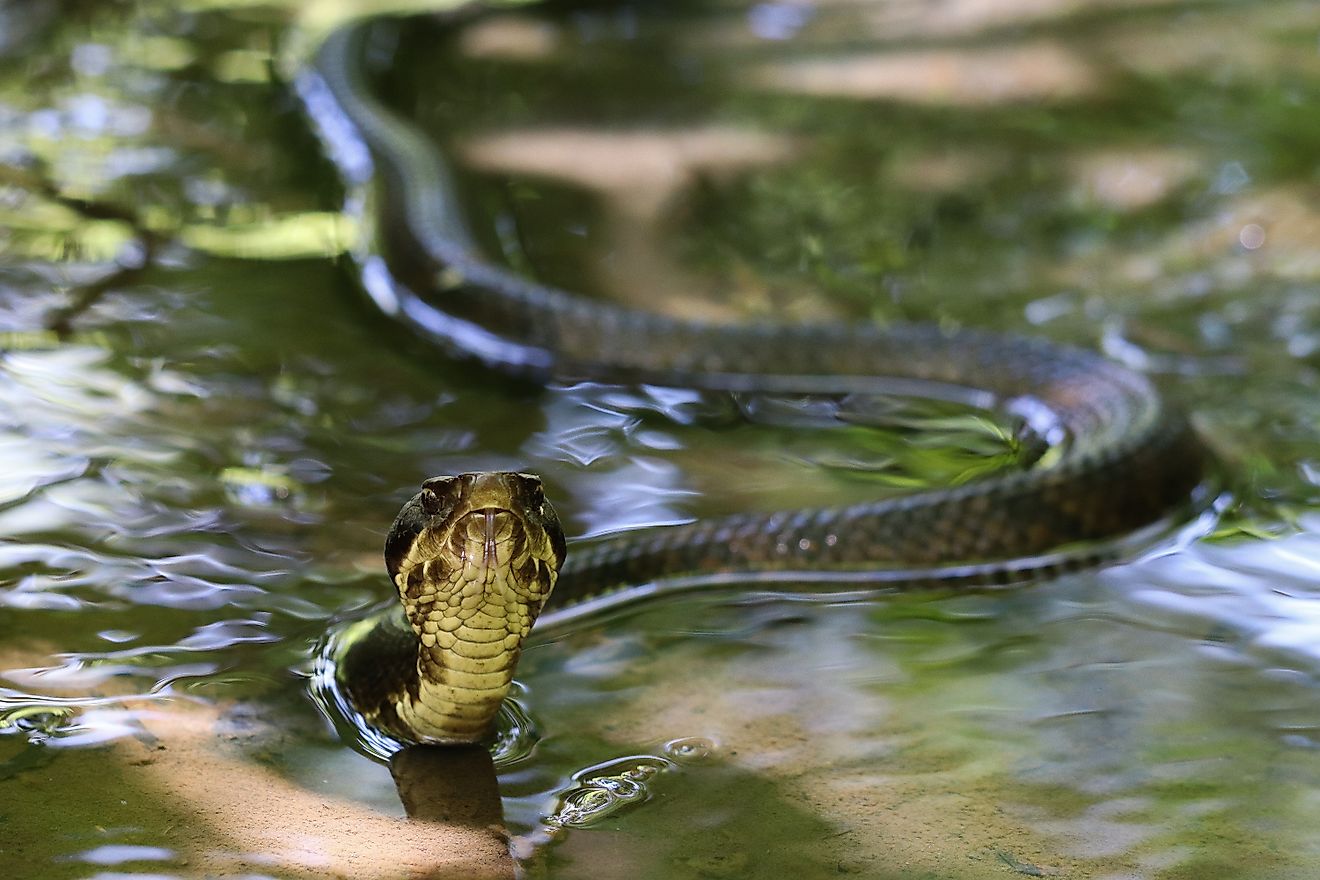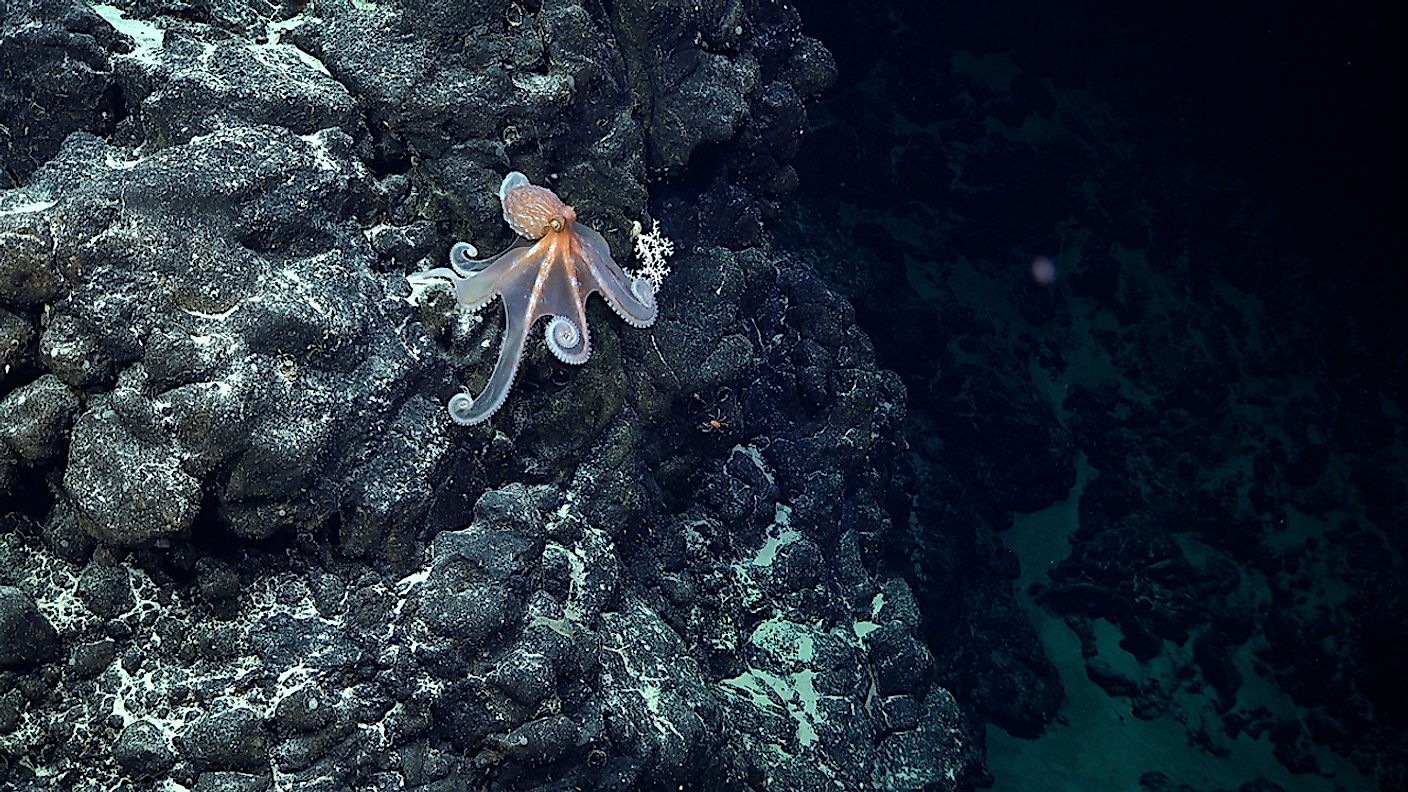
Over 150 Species Found in Underwater Mountain Range
When we picture mountains, we don't typically imagine them being underwater. However, some of the largest and most biodiverse mountains are indeed submerged in the ocean, with the largest underwater mountain being the Mid-Ocean Ridge. Earlier this year, an exhibition surveyed seamounts near the South American country of Chile. During the exhibition, over 100 undiscovered species were uncovered. From what they are to their significance, here's what you need to know.
What Are Seamounts?
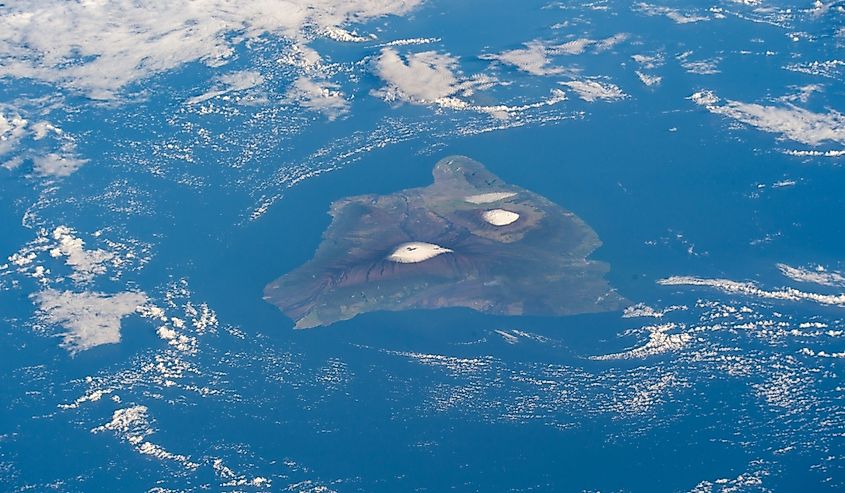
While we typically think of the mountains above ground, mountains also exist underwater. Seamounts are underwater mountains made from the remains of volcanoes and rise hundreds or thousands of feet from the seafloor. Many of the remnants of volcanoes are extinct, but some are actively erupting. The piles of lava the active volcanoes create sometimes break through the ocean surface.
Some of the tallest mountains on Earth are seamounts, such as Hawaii's Mauna Kea. This dormant volcano is more than 30,000 feet tall, measured up from the base of the ocean floor. Seamounts have a cone shape with prominent features such as craters and linear ridges. There are different types of seamounts. One type, known as Guyot, has a flat summit. These underwater mountains are found in every ocean basin. Scientists believe there are tens of thousands of seamounts in the ocean. There are at least 100,000 seamounts taller than 1,000 meters.
Seamounts are most commonly found near the boundaries of Earth's tectonic plates and mid-plate hot spots. Most of them are unexplored. Exploring seamounts is an opportunity to learn more about the forces that shape the planet and life on Earth. This is what makes the recent exhibition so interesting.
The Exhibition
From January 8th to February 11th, earlier this year, researchers from the Schmidt Ocean Institute ventured to the seafloor off the coast of Chile. The exhibition's name was "Seamounts of the Southeast Pacific." As the name suggests, the exhibition aimed to explore the surrounding underwater mountains and seamounts. The exhibition explored three main areas: the Nazca and Salas y Gómez Ridge and the Juan Fernández and Nazca-Desventuradas marine parks. The Salas y Gómez Ridge is a 2,900-kilometer-long-underwater mountain chain with more than 200 seamounts. These seamounts stretch from offshore Chile to Rapa Nui. This area is also known as Easter Island. Covering a vast amount of ground, researchers mapped approximately 20,400 square miles of the ocean. Scientists used an underwater robot to dive 15,000 feet into the ocean.
Mountain Discoveries
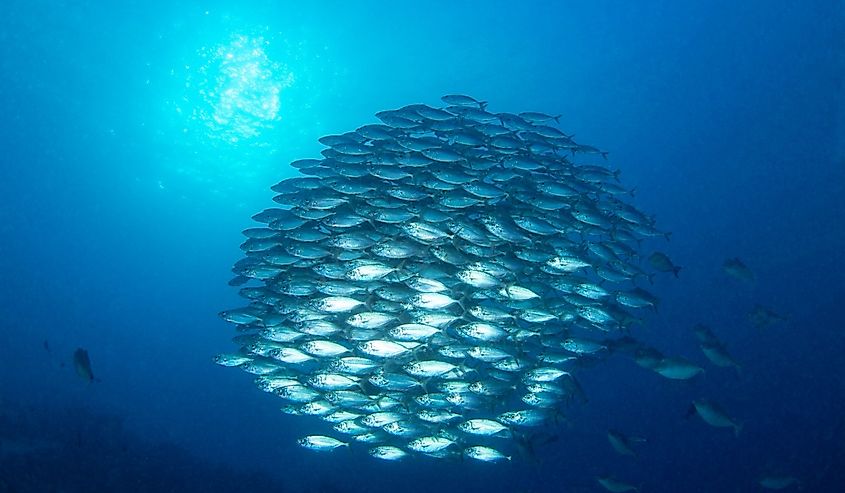
Researchers mapped 52,777 square kilometers of seafloor, revealing four new seamounts previously undiscovered. The largest seamount is four times taller than the world's tallest building, the Burj Khalifa, which is a staggering 2,716 feet tall. The seamount, Solito, is a towering 11,581 feet above the seafloor. Researchers used robots to explore the slopes of 10 seamounts. They found that each seamount had a distinct ecosystem, some of which are very vulnerable, such as sponge gardens and deep-sea coral reefs.
The area explored is home to important fish species such as swordfish and jack mackerel. One of the most significant findings was the revelation of more than 100 species that researchers suspect are new to science. These are lifeforms that are unique and haven't been found anywhere else on Earth. Some types of lifeforms alleged to be seen include variations of corals, sponges, sea urchins, mollusks, and crustaceans.
An underwater rover dove 15,000 feet to discover these lifeforms. Beautiful photos and video footage captured the underwater landscape, showing the strange deep-sea life. Some samples of the sea creatures were taken so that researchers could determine if any species were new. However, fully identifying the species will take many years.
Why So Much Biodiversity?
Large portions of the surveyed area are in the protected Juan Fernández and Nazca-Desventuradas marine parks, which are protected by the Chilean government. Since parts of the seamounts are in protected marine parks, researchers predicted this would help the areas have more biodiversity. These are parks with remote places in the ocean, away from mining operations. The region is rich in natural minerals such as cobalt which makes it a lucrative spot for companies to mine. However, considering how vulnerable the seamount ecosystems are, mining in the area would unfortunately destroy much of the marine life.
Why is This Important?
The researchers and expedition team hope their work will encourage people to protect the Earth and get more involved in conservation. Only about 6 percent of the ocean's floor is charted, meaning that there are many parts of the ocean with potentially unknown species. Learning about biodiversity underwater also helps us learn more about life on Earth. This helps us learn more about how different ecosystems work and how we, as societies and individuals, can make a better effort in conservation. Learning about different life forms also helps give us more appreciation for the diversity of life on Earth; it puts into perspective how vast Earth is and how we constantly discover new life forms.

